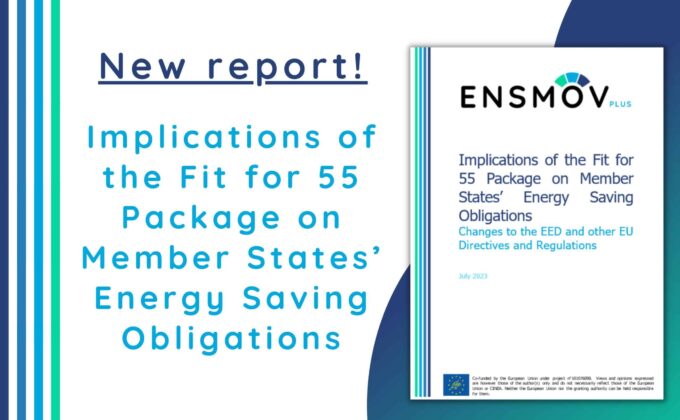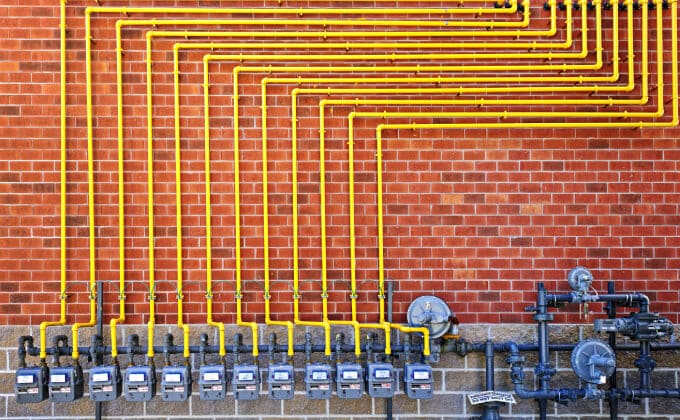
Europe
RAP is advancing practical policies to drive cost-effective decarbonization of the European energy sector.
Europe has set its sights high given the urgency of the transition to clean energy. The European Union has set an ambitious goal of attaining net-zero emissions by 2050, as well as cutting greenhouse gas emissions by more than half by 2030. Other European countries, such as the United Kingdom, have also set bold targets. To make this happen, European policymakers envision a more integrated, secure, cost-effective, equitable and climate-friendly energy system for all European Union Member States and neighboring countries. Political and technical challenges, however, remain considerable.
Our Focus
Guiding Europe as it paves the way for the energy transition.
RAP advises the European Commission, Parliament, individual country governments, regulatory authorities and NGOs on practical ways to achieve the net- zero emissions by 2050 goal, comparable international renewable energy strategies, and complementary policies for the energy sector as well as climate and environmental regulation.
We work as partners to help individual countries — including EU Member states such as Germany, Poland, and France — to develop sustainable, effective tools to meet their power sector challenges.
RAP’s impact:
RAP’s international team of experts includes former European officials and regulators who understand these challenges and the heavy lifting it will take to overcome them. Our team develops holistic policies in partnership with European policymakers, NGOs, and industry experts. Tools and complementary policies developed by RAP, in collaboration with our partners, are making big impacts in all aspects Europe’s energy needs, including gas and heat policies, electric vehicle infrastructure, energy efficiency programs, and the power system. Through RAP’s innovative and creative approaches, the power of larger, well-designed markets, driving investment in large-scale deployment of low-carbon supply, storage, demand-side resources, and needed infrastructure are now within reach.
MEET MORE OF RAP’S DEDICATED Europe TEAM:
“Technology took the lead in the energy transition and no one can stop it. The only task is to make it inclusive and well managed.”
Zsuzsanna Pató
INSIGHTS FROM RAP EXPERTS
March 7, 2023
Clean heat standards: New tools for the fossil fuel phaseout in Europe



